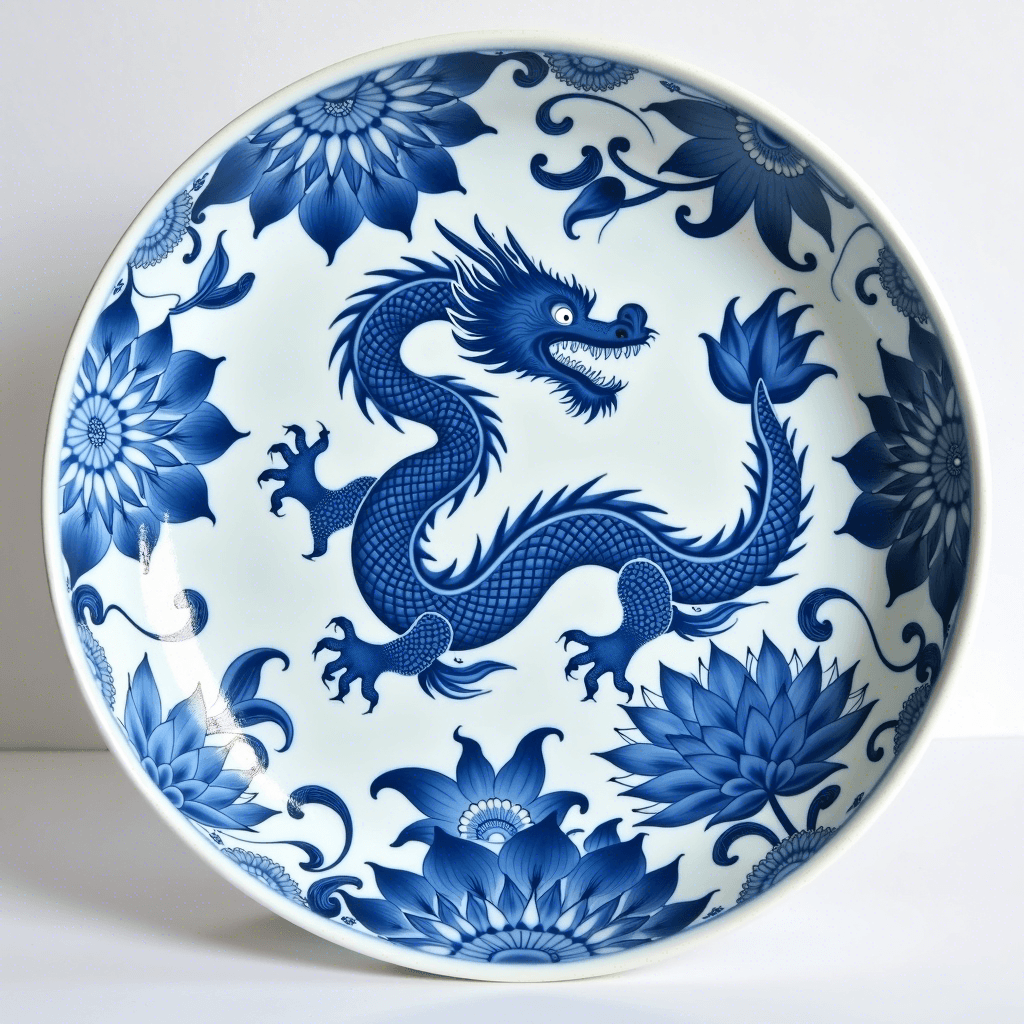
Chinese Blue and White Porcelain
Traditional Chinese ceramic art style featuring intricate blue designs on a white background, often depicting landscapes, flowers, and mythical creatures, symbolizing elegance and purity.
Overview
Origin
China
Historical Period
Yuan Dynasty (1271–1368) onwards
Cultural Significance
Blue and white porcelain is one of China's most iconic art forms, symbolizing elegance and purity, widely exported during the Ming and Qing Dynasties, influencing global ceramic traditions.

Historical Timeline
Yuan Dynasty (1271-1368)
Maturation of blue and white porcelain technique using imported cobalt
Ming Dynasty (1368-1644)
Jingdezhen kilns reached artistic peak, especially during Yongle and Xuande periods
Techniques
Painting with cobalt blue pigment on white porcelain
Firing at high temperatures for durability
Intricate designs of landscapes, flowers, and mythical creatures
Use of underglaze techniques for vibrant blue
Cultural Context
Blue and white porcelain is one of China's most iconic art forms, symbolizing elegance and purity, widely exported during the Ming and Qing Dynasties, influencing global ceramic traditions.
Did You Know?
Blue and white porcelain became a global symbol of Chinese craftsmanship during the Yuan Dynasty, with its cobalt blue pigment imported from Persia along the Silk Road.